Wright Flyer Kitty Hawk Model
Production Time 9 to 10 weeks
Shipment is by FedEx, UPS or DHL International Express Courier with a normal door-to-door delivery time worldwide of within 2-3 business days after dispatch. Due to the current volatility of world fuel prices, the amount mentioned here is our best estimate for DHL and UPS and may be subject to change at the time of shipping.

Product statistics
Length: 8.9 Inches (22.6 Centimeters)Wingspan: 17 Inches (43.2 Centimeters)
Height: 3.8 Inches (9.7 Centimeters)
Scale: 1:28
$249.50
Manufacturer: Wilbur and Orville Wright
Production Time 9 to 10 weeks
-
United States dollar ($)
-
Pound sterling (£)
-
Euro (€)
-
Australian dollar ($)
-
Canadian dollar ($)
-
Singapore dollar ($)
-
Swiss franc (CHF)
-
Japanese yen (¥)
-
Danish krone (kr.)
-
Hong Kong dollar ($)
-
Norwegian krone (kr)
-
Swedish krona (kr)
General Product Description
Our ReplicaHangar Wright Flyer Kitty Hawk Model exhibits unique, unrivaled quality and detailed design to come as close as possible to the accuracy of the actual plane. It comes as standard with a robust, durable base or stand which is available in a variety of different finishes designed to match your own personal requirements including solid wood, wood with polished metal supports or adjustable wood wall mount and will be ready within about 9-10 weeks from placement of order.
The Wright Flyer Kitty Hawk Model is made of the finest kiln dried renewable mahogany wood (commonly known as Lauan or Meranti) which has undergone many stages of carving and meticulous and careful sanding giving the beautiful, finished museum quality masterpiece. Many collectors and model connoisseurs demonstrate their preference for genuine handmade and hand painted mahogany wood models rather than plastic or die cast (diecast) alternatives due to the overall look and totally different feel of the item - we trust you will find the same. We can however, if required produce the same model in Solid Cast Resin so just click and contact us for further information. Our craftsmen and gifted artisans ensure that our finely handcrafted model airplanes match the precise blueprint details of the original aircraft. The paint scheme, markings and parts are closely matched, reflecting the original aircraft. This stylish top-quality desktop replica model will surely enthrall anyone who receives this as a gift and for sure one of the most appropriate and desirably collectable gifts for any early aviation enthusiast and avid vintage aircraft collector whilst also displaying a perfect resemblance to the actual real aircraft.
If you require, we can also make the Wright Flyer Kitty Hawk Model in any other airline, private livery or colour scheme you require and if necessary, in a different size or scale. Just click here to contact us with a description or photographs of what you require, and we will let you have a quotation for the necessary customization by return email. We can also make bespoke scale replicas of any other private / civil commercial airliner or airliners, helicopter, glider, gliders with engines, military jet, warplane jets, propeller warplanes, biplane, triplane, tail fin, spacecraft, rocket or NASA model you require in any airline, military or civilian livery or colors. We also produce model airships, blimp, dirigible, blimps, boat and ship collectibles. Wall plaque or seal for military, government or private customers. Again, by clicking here to contact us just let us know exactly what you need.
After a failed attempt on 14 Dec 1903 by Wilbur, the Wrights flew the world’;s first powered airplane at Kitty Hawk on 17 Dec 1903. Beginning at 10:35 AM, Orville flew it about 120-feet or 36.5 meters (in about 12 seconds. Then Wilbur flew for about 175 feet or 53.3 meters, followed by Orville who flew about 200 feet or 60.9 meters. Finally about 12:00 PM, Wilbur flew 852 feet or 259.7 meters in 59 seconds.
The Flyer I had a wooden frame in which the straight parts were spruce and the curved parts ash. The frame was covered with a finely-woven cotton cloth and was sealed withquot;canvas paint quot; similar to what sailors in Kitty Hawk used on their sails, probably paraffin dissolved in kerosene. The metal fittings were made from mild steel and the aircraft was rigged with15-gauge bicycle spoke wire. The engine block was cast from a hard aluminum alloy, 92% aluminum and 8% copper. The other parts of the engine were made from steel or cast iron, with the exception of the spark points which contained tiny bits of platinum.
The Flyer I specifications:
40.3 ft (12.2 m) wingspan
0.83 ft (25 cm) anhedral
6.5 ft (198 cm) chord
6.2 ft (189 cm) separation
510 sq ft (47.4 sq. m) wing area
1:20 camber
48 sq ft (4.6 sq m) double horizontal front rudder
21 sq ft (1.9 sq m) twin movable vertical rear rudders
21.1 ft (6.4 m) overall length
605 lb (274.4 kg) total weight (without pilot)
4 cylinder engine, 12 hp at 1150 rpm
Two contra-rotating propellers, 8 ft (244 cm) long, turning at 350 rpm
The engine (on the right side of the centerline) weighed 170 lbs. or 77.1 kg. The pilots (who lay on the left side of the centerline) weighed just 145 lbs. or 65.8 kg. To compensate for this imbalance, they made the right wing 4 inches (10 cm) longer so that it would produce slightly more lift than the left.
This was the only aircraft the Wrights tried to preserve. Damaged by wind after 4th flight, they returned it to Dayton; Orville restored it in 1916 and sent it to the Kensington Science Museum in London, England in 1928. It was returned to the United States in 1948 and since 1949 the Smithsonian has displayed it as the world’;s first piloted powered airplane.
The plaque reads:quot;THE ORIGINAL WRIGHT BROTHERS AEROPLANE: The world’;s first power-driven, heavier-than-air machine in which man made free, controlled and sustained flight, invented and built by Wilbur and Orville Wright flown by them at Kitty Hawk, North Carolina December 17, 1903. By original scientific research the Wright Brothers discovered the principles of human flight as inventors, builders, and flyers they further developed the aeroplane, taught man to fly, and opened the era of aviation. quot;
McFarland, 1953, pp , 394-397, 1183, plates 60, 63-78.
McFarland, Marvin W. (ed) The papers of Wilbur and Orville Wright. McGraw-Hill Book Co., New York, 1953, pp 394-397, 1183, plates 60, 63-78.
[Submitted by Joe W. McDaniel]
| Weight | 6 kg |
|---|---|
| Dimensions | 8.9 × 17 × 3.8 in |
Be the first to review “Wright Flyer Kitty Hawk Model” Cancel reply
Related products
Early Aviation
Early Aviation
Early Aviation
Early Aviation
Early Aviation

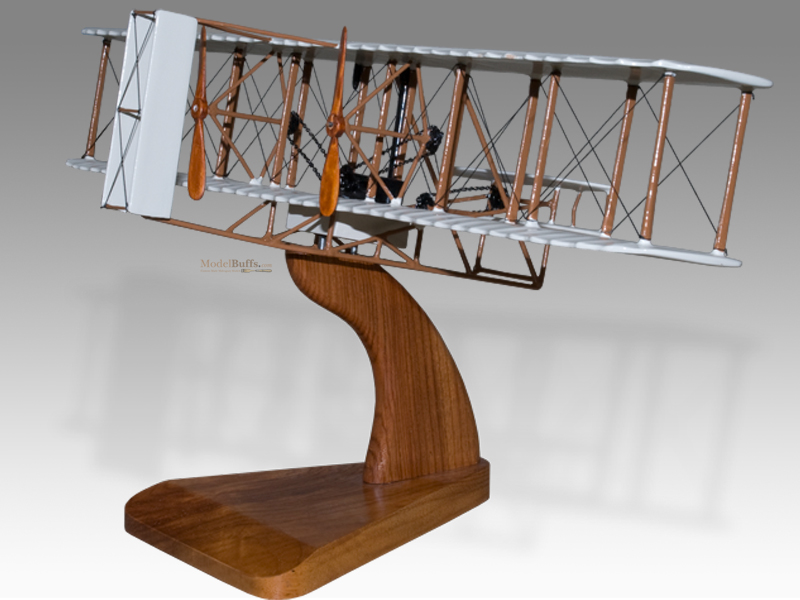
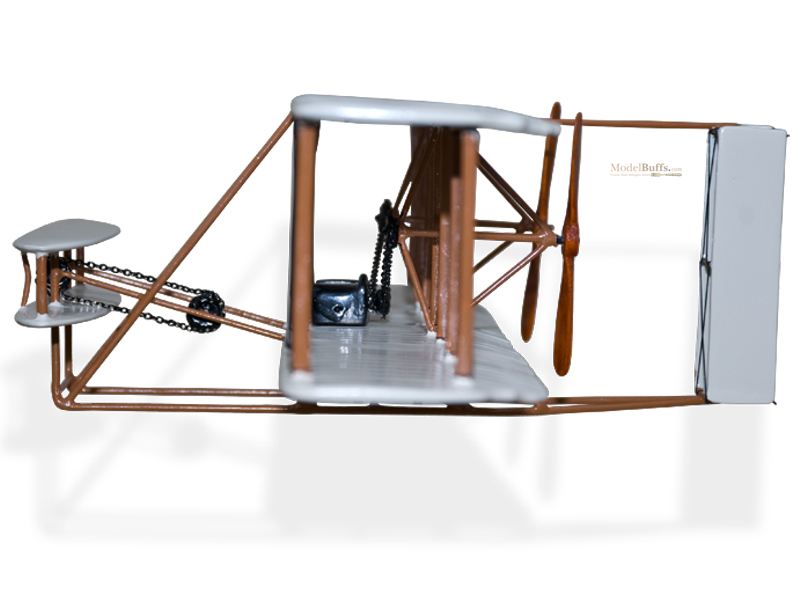
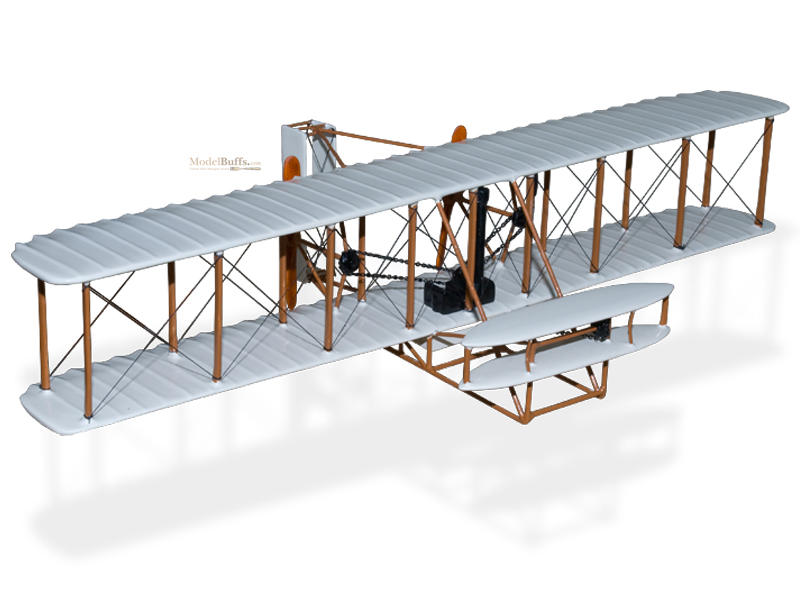
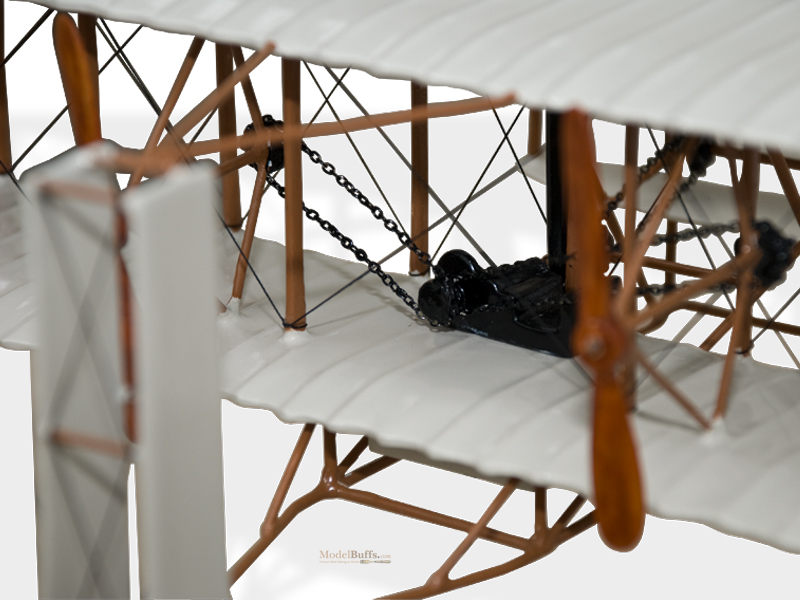
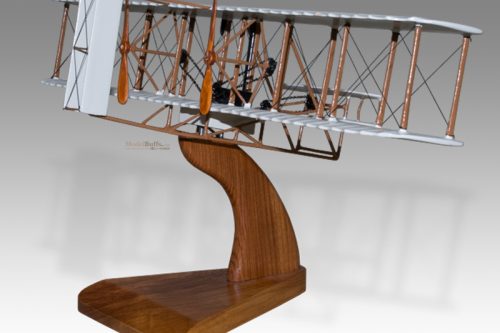

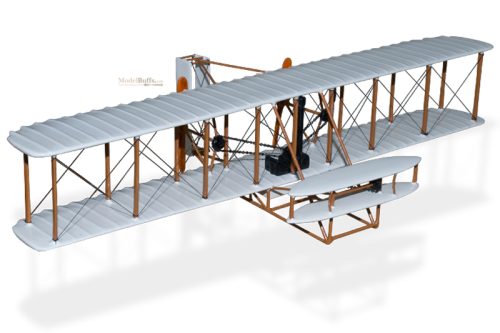
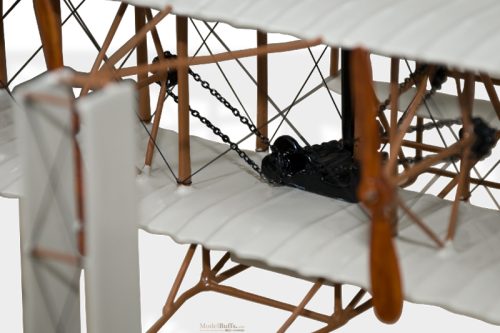
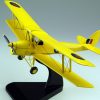



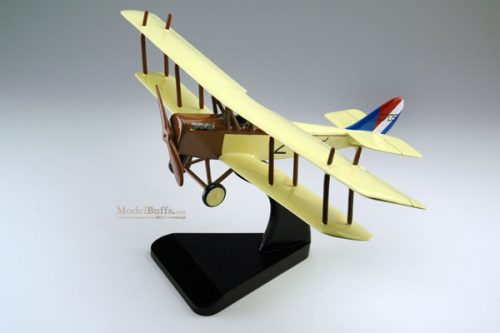
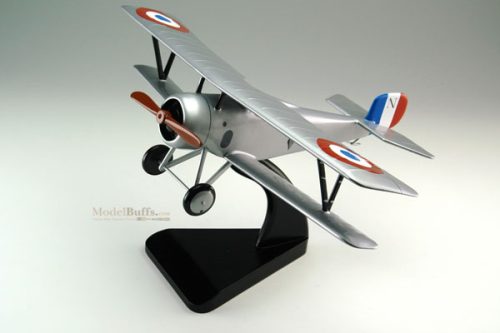
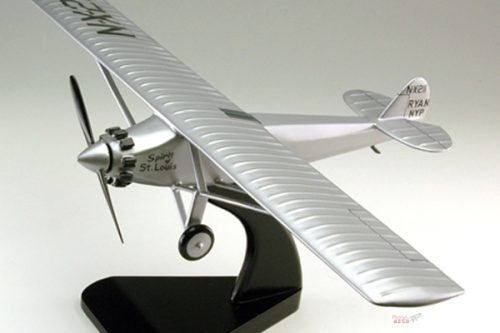
Reviews
There are no reviews yet.